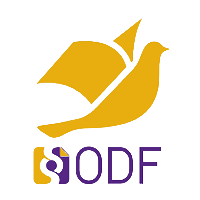The Future of OpenDocument (ODF)
Maintaining the Momentum

In this presentation, I will talk about the current developments in OpenDocument ranging from adoption, implementation, documentation, validating and testing by producers and consumers of ODF software and how they help overall software freedom.
It has been more than ten years since the first specification of the OpenDocument was published. The current version, ODF 1.2, has been widely implemented and adopted. Across the world, governments, businesses and people have chosen ODF as the preferred file format for editable documents.
Over the years, many software projects have added ODF support. Not just notable FOSS projects such as LibreOffice, Calligra, OpenOffice, AbiWord, Gnumeric and WebODF, but also proprietary offerings such as Microsoft Office and Google Docs support ODF. The ODF community has held many so-called plugfests and developed a methodology for testing interoperability.
Now is a good point to look at the current state of ODF and what direction it should go in. ODF 1.2 is very rich with OpenFormula, RDF and MathML. Should more features be added? ODF is meant to make exchanging office documents easy. Has this goal been achieved or is there more work to do? Or should we put more effort into perfecting the interoperability between the current implementations? And what is the future of ODF on the web?
In this presentation, I will talk about the current developments in ODF ranging from adoption, implementation, documentation, validating and testing by producers and consumers of ODF software and how they help overall software freedom.
Jos van den Oever represents the Dutch government at OASIS. In 2015, the Dutch government has joined the ODF Technical Committee that specifies ODF. So far, the specification was mostly directed by the software implementors. The increased involvement from organizations that use ODF software shows that this important open file format is becoming more mainstream.
Speakers
| Jos van den Oever |